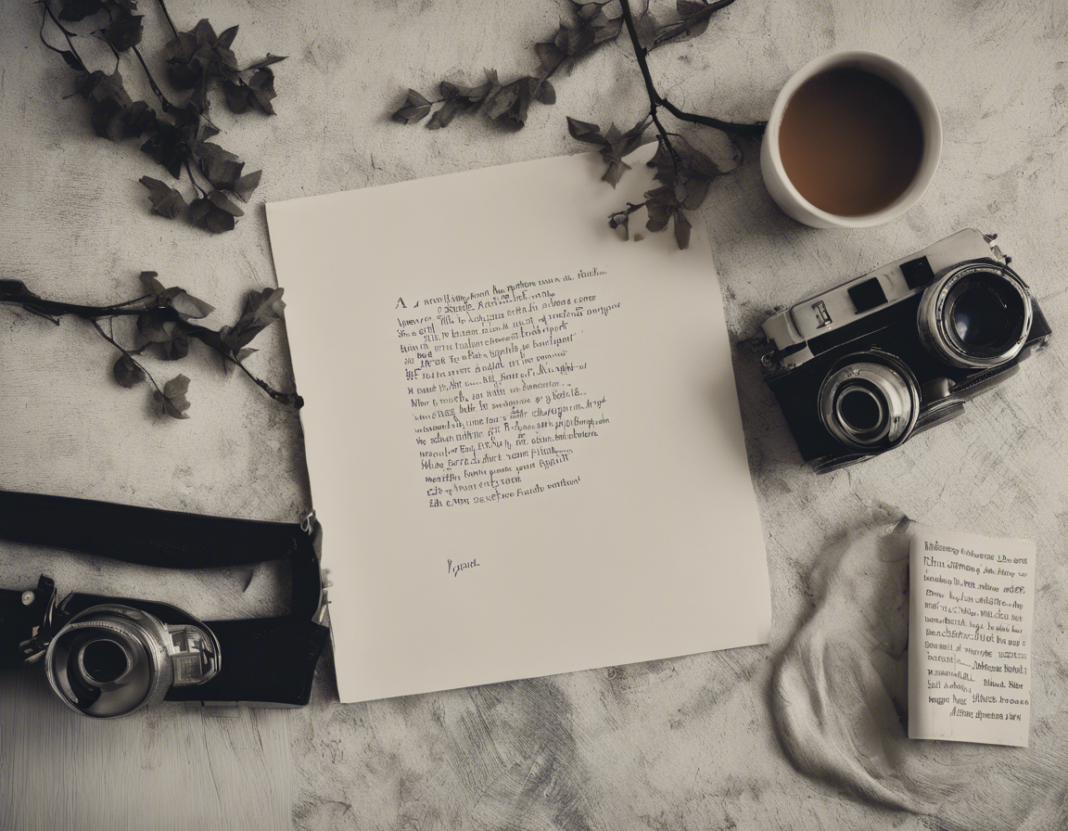Photography is a powerful tool that allows us to capture life's precious moments, emotions, and stories through the lens of a camera. In a single snapshot, a photograph has the ability to freeze time, evoke memories, and convey a message that words sometimes cannot express. Whether you are a professional photographer, an amateur enthusiast, or someone who simply enjoys taking photos with your smartphone, the art of photography is a universal language that speaks to us all.
The Art of Photography
Evoking Emotions Through Images
Photographs have the unique ability to evoke a wide range of emotions in viewers. Whether it's a stunning landscape that takes your breath away, a candid portrait that captures the raw emotion of a moment, or a thought-provoking image that tells a story without words, photography has the power to make us feel and connect with the world around us on a deeper level.
Telling Stories Through Visuals
One of the most compelling aspects of photography is its ability to tell stories through visuals. Every photograph has a story to tell, whether it's a travel photo that captures the spirit of a place, a street photograph that documents the pulse of a city, or a family portrait that conveys the love and connection between its members. Photographs are visual narratives that invite us to step into the shoes of the photographer and experience the world from their perspective.
Capturing Moments in Time
Photography allows us to capture moments in time that are gone in the blink of an eye. From a baby's first smile to a couple's first dance at their wedding, photographs freeze these fleeting moments and preserve them for eternity. Photographers have the unique ability to immortalize these special moments and create lasting memories that can be cherished for generations to come.
The Magic of Photography
Light and Composition
One of the key elements of photography is light. Understanding how light works and how it interacts with your subjects is essential to creating compelling and visually stunning photographs. Whether you are shooting in natural light or using artificial lighting, knowing how to manipulate light to enhance your images is a skill that every photographer must master.
Composition is another important aspect of photography that can make or break a photograph. The way you frame your shot, the angles you choose, and the elements you include in the frame all contribute to the overall composition of your image. Composition is like the language of photography, and mastering this language allows you to effectively communicate your message to your viewers.
Editing and Post-Processing
In the digital age, editing and post-processing have become integral parts of the photographic process. Whether you shoot in raw or JPEG format, editing your photos can take them to the next level and help you achieve the look and feel you envision. Editing allows you to adjust exposure, color, contrast, and other parameters to fine-tune your images and make them truly stand out.
Post-processing is another essential step in the photographic workflow. From cropping and retouching to adding filters and effects, post-processing gives you the creative freedom to turn your photographs into works of art. While some photographers prefer to keep their editing minimal and true to the original image, others embrace post-processing as a way to express their artistic vision and style.
Tips for Better Photography
1. Know Your Equipment
Whether you shoot with a professional DSLR camera or a smartphone, knowing your equipment inside and out is crucial to taking better photographs. Take the time to familiarize yourself with your camera settings, lenses, and accessories so that you can make the most of your gear and capture stunning images.
2. Focus on Composition
Composition is key to creating visually appealing photographs. Experiment with different compositions, such as the rule of thirds, leading lines, and framing, to add interest and depth to your images. Don't be afraid to think outside the box and try new angles and perspectives to take your compositions to the next level.
3. Find Your Unique Style
Every photographer has a unique style that sets them apart from others. Whether you prefer black and white photography, vibrant colors, or minimalist compositions, finding your signature style allows you to create cohesive and memorable body of work. Experiment with different techniques and genres to discover what resonates with you and embrace it as your own.
4. Tell a Story
Great photographs are more than just visually appealing – they also tell a story and evoke emotions in viewers. Look for moments and scenes that have a strong narrative potential, whether it's a candid street scene, a landscape that conveys a mood, or a portrait that captures a personality. Use your images to create a visual narrative that engages and resonates with your audience.
5. Practice, Practice, Practice
Like any other art form, photography takes practice to master. Take your camera with you wherever you go, experiment with different subjects and settings, and don't be afraid to make mistakes. The more you practice, the more you will learn and grow as a photographer, so keep shooting and pushing yourself to new creative heights.
Frequently Asked Questions (FAQs)
1. What is the best camera for beginners?
For beginners, a good entry-level DSLR or mirrorless camera is ideal, such as the Canon EOS Rebel T7i or the Sony Alpha a6000. These cameras are user-friendly, affordable, and offer good image quality for those just starting out in photography.
2. How can I improve my photography skills?
To improve your photography skills, practice regularly, study the work of other photographers for inspiration, take online courses or workshops to learn new techniques, and experiment with different styles and genres to find your own voice as a photographer.
3. What is the rule of thirds in photography?
The rule of thirds is a compositional technique where you divide your frame into nine equal sections using two horizontal and two vertical lines. By placing your main subject or point of interest along these lines or at their intersections, you can create a visually pleasing and balanced composition.
4. Should I shoot in raw or JPEG format?
Shooting in raw format gives you more flexibility and control over your images during post-processing, as raw files retain more data and allow for non-destructive editing. However, shooting in JPEG format is more convenient for everyday shooting, as JPEG files are smaller and require less post-processing.
5. How do I find my photography style?
Finding your photography style takes time and experimentation. Explore different genres, techniques, and subjects, and pay attention to the images that resonate with you the most. Over time, you will develop a unique vision and style that reflects your personality and artistic sensibilities.

